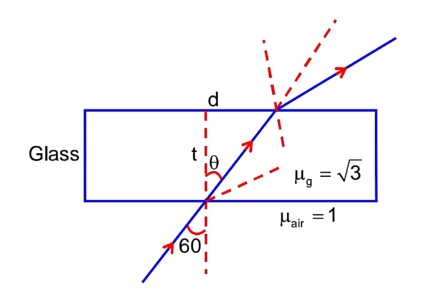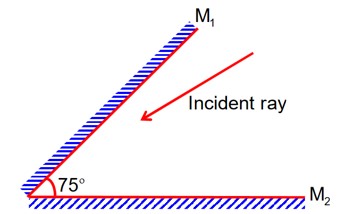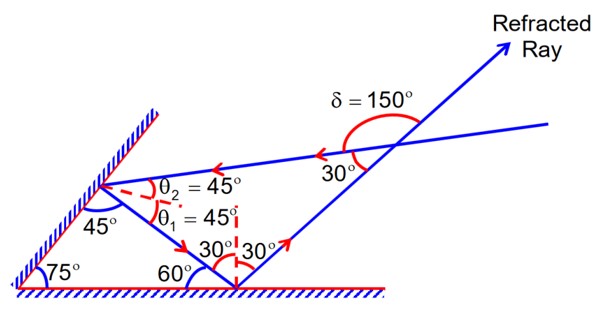Ray Optics and Optical Instruments
Get insights from 117 questions on Ray Optics and Optical Instruments, answered by students, alumni, and experts. You may also ask and answer any question you like about Ray Optics and Optical Instruments
Follow Ask QuestionQuestions
Discussions
Active Users
Followers
New answer posted
4 months agoContributor-Level 10
For angle of incidence 'i' :-
cos I =
=> I = 60°
Using snell's law :-
sin r =
So, difference, I – r = 60° - 452 = 15°
New answer posted
5 months agoContributor-Level 10
Steam point (T1) = 100°C = 273 + 100 = 373 K
Ice point (T2) = 0°C = 273 K
New answer posted
5 months agoContributor-Level 10
When object is at infinity
u =
v = ?
v =
45cm
Now for Refraction through C2
u = + 15cm
v = ?
R = 15
from centre = 15 + 7.5 = 22.5 cm = 225mm
Taking an Exam? Selecting a College?
Get authentic answers from experts, students and alumni that you won't find anywhere else
Sign Up on ShikshaOn Shiksha, get access to
- 66k Colleges
- 1.2k Exams
- 680k Reviews
- 1800k Answers



